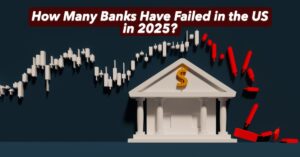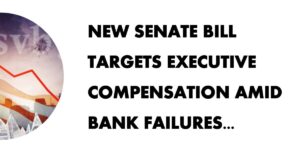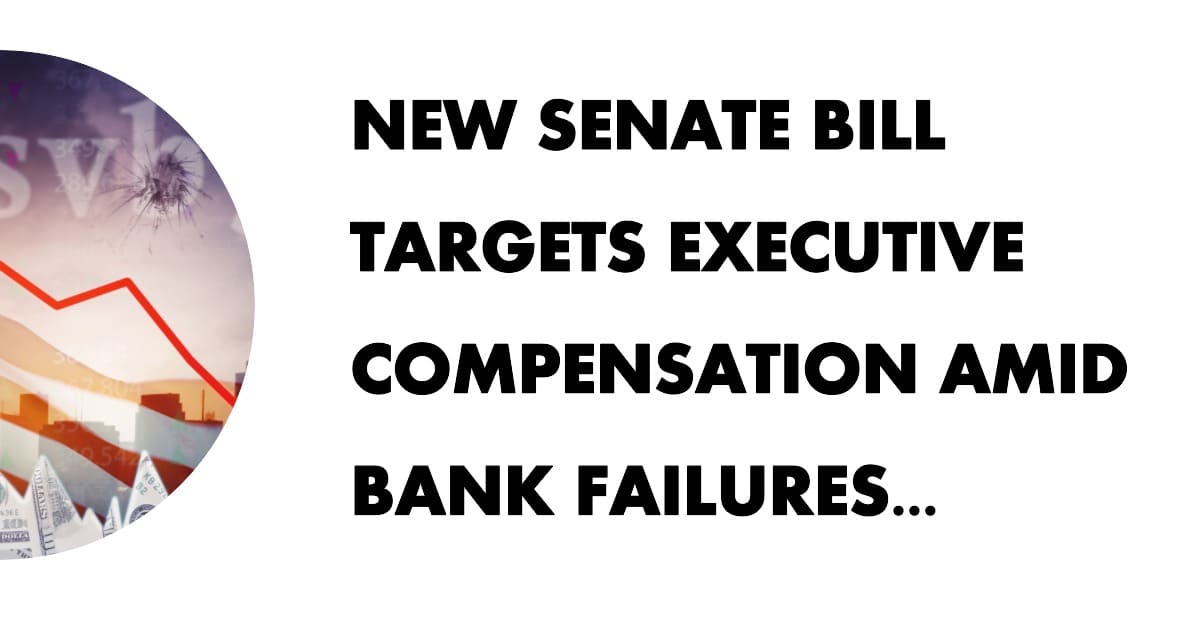Figuring out how many banks have failed in the US in 2025 is a question on many people's minds, especially after the turmoil of recent years. In 2025, there have been a total of 2 bank failures in the United States, according to reports from the Federal Deposit Insurance Corporation (FDIC).
These failures are part of a broader trend that has seen 571 banks fail since January 1, 2000, averaging about 23 failures per year. The bank failures, while concerning, need to be looked at within the context of the broader banking environment to really understand what's happening. So, let's dive into the details and explore what happened, why it happened, and what it means for the rest of the year.
How Many Banks Have Failed in the US in 2025?
The Bank Failures of 2025: A Closer Look
So far in 2025, two banks have been closed. Let's break down the particulars of each:
- Pulaski Savings Bank, Chicago, IL
- Closed: January 2025
- Assets: Roughly $49.5 million
- Deposits: Roughly $42.7 million
- Acquired By: Millennium Bank
- Impact: This failure cost the Deposit Insurance Fund around $28.5 million.
- The Santa Anna National Bank, Santa Anna, TX
- Closed: June 2025
- Assets: Approximately $63.8 million
- Deposits: Approximately $53.8 million
It's crucial to understand the significance of these failures relative to past events. While any bank failure is a serious event, the scale of these failures is much smaller than the high-profile collapses we saw in 2023, such as Silicon Valley Bank, Signature Bank, and First Republic Bank. Those banks each had assets exceeding $100 billion. In 2024, we also saw two bank failures: Republic First Bank and The First National Bank of Lindsay.
So, what aren't we seeing right now? We are not seeing the same widespread panic that gripped the industry in early 2023. However, one must not relax yet!!
What's Behind These Bank Failures?
There are several factors at play that contributed to these failures. The banking sector is always influenced by wider economic trends like prevailing trends such as interest rate hikes, commercial real estate loan portfolio pressures, net interest margin compression and geopolitical and the regulatory climate is constantly ever-changing. Also, as an expert, I believe internal bank operations are hugely critical to their success. More on that later.
Here's the overall view:
- Unrealized Losses on Securities: Banks hold a significant amount of securities, like government bonds and mortgage-backed securities. When interest rates rise, the value of these securities falls. Recent estimates suggest that the sector is sitting on quite a huge amount of unrealized losses. Because banks don't have to recognize these losses until they sell the assets, this poses a huge liquidity risk if there is a depositor runs.
- Commercial Real Estate (CRE) loan pressure: This is a big one! Many smaller banks have a large chunk of their lending portfolio tied up in CRE, specifically office buildings. With remote work becoming more common, these properties face declining values, and banks are facing defaults and losses.
- Profitability Squeeze:
- Slower Economic Growth: Economic growth has slowed down, putting pressure on bank profitability.
- Shrinking Net Interest Margins: The difference between what banks earn on loans and what they pay out on deposits is shrinking.
- High Deposit Costs: Banks are paying more to attract and retain deposits.
- Geopolitical Risks and Global Trade Tension
- Regulatory Challenges: The FDIC is the main body responsible for supervising banks. However, with funding and and staffing hurdles, they have been under pressure to keep risk under control.
Beyond the Failures: Broader Trends in Banking
Bank failures are not the only indicator of the health of the banking sector. Here are some other key trends to consider:
- Branch Closures: Banks are continuing to shut down branches as customers shift to online banking.
- Digital Transformation Struggles: Banks are trying to modernize their technology, but many are struggling to keep up.
- Cybersecurity Threats: Banks face constant cyber-attacks, resulting in huge losses each year.
Looking Back: Bank Failures in Historical Context
It is important to keep things in perspective. While this year has seen two failures already, the two failures in 2025 continue a downward trend from the 570 bank failures recorded between 2001-2025 . Here's a quick trip down memory lane:
- 2008-2010 (Global Financial Crisis): Over 300 banks failed. It was a really bad time!
- 1980-1994 (Savings and Loan Crisis): Around 1,600 banks and 1,300 thrift institutions failed.
Compared to those huge crises, the current situation seems manageable.
What About the Rest of 2025?
What can we expect for the rest of 2025? A few things to keep an eye on include:
- Further interest rate hikes.
- Continued issues with commercial real estate loans.
- The potential for bank runs exists if depositors lose confidence.
- The FDIC's ability to keep pace with these challenges.
I think that the banking system is on the safer side compared to a year or two ago. However, with the potential for many things to go wrong, we should be vigilant. The small size of the bank collapse this year hints that the market has stabilized in the time after the crisis of 2023.
My Thoughts
My take on all of this is, while the numbers are low, complacency would be foolish. The underlying issues in the banking system are still very much alive. Commercial real estate is a ticking time bomb, and rising interest rates could trigger more problems. The health of the banking sector is very closely tied to the overall health of the economy.
What matters to me as a contributor is transparency and awareness. Citizens and business owners should know where the weaknesses are so they can be cautious and protect their assets. Small businesses, in particular, need to carefully consider their banking relationships and diversify where they can!
A Word About Deposit Insurance (FDIC)
For consumers who have their assets in banks, the FDIC is what keeps them safe. Let's face it––without deposit insurance, depositors would panic and the banking system would go down. I suggest you check the FDIC website (fdic.gov) for the current insurance limits.
Secure Real Estate Amid Banking Sector Turbulence
Following the collapse of Santa Anna National Bank—the second bank failure of 2025—investor confidence is shaken. Real estate investments offer stability when financial markets falter.
Norada provides turnkey rental properties in diversified, resilient markets—perfect for protecting your portfolio during financial shocks.
HOT NEW LISTINGS JUST ADDED!
Speak with a Norada investment counselor today (No Obligation):
(800) 611-3060
Read More:
- Second Bank Failure in 2025: What Happened to Santa Anna National Bank?
- Bank Failures: Over 120 US Banks Failed Since 2012
- Which Banks Are in Danger of Failing or Collapse
- List of FDIC-Insured Banks: Is Your Bank Insured?
- 10 Ways to Insure Deposits Beyond the FDIC Limit of $250,000
- Bank Insurance: How Does FDIC Deposit Insurance Work?
- List of Recent Failed Banks in the United States (2023-2024)
- Is My Money Safe in the Bank in 2024?
- US Banking System Insolvency: Is a Crisis Coming Up?





